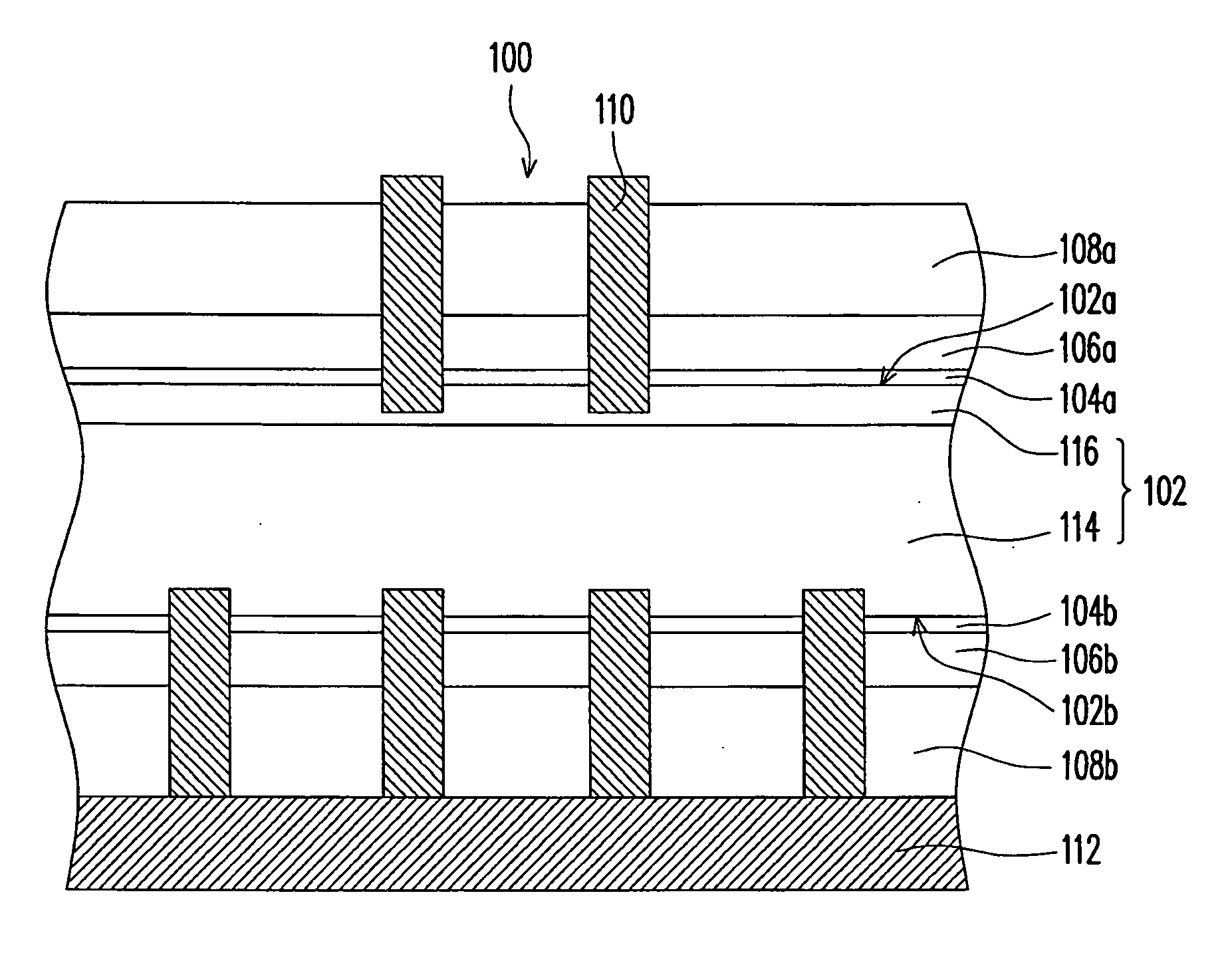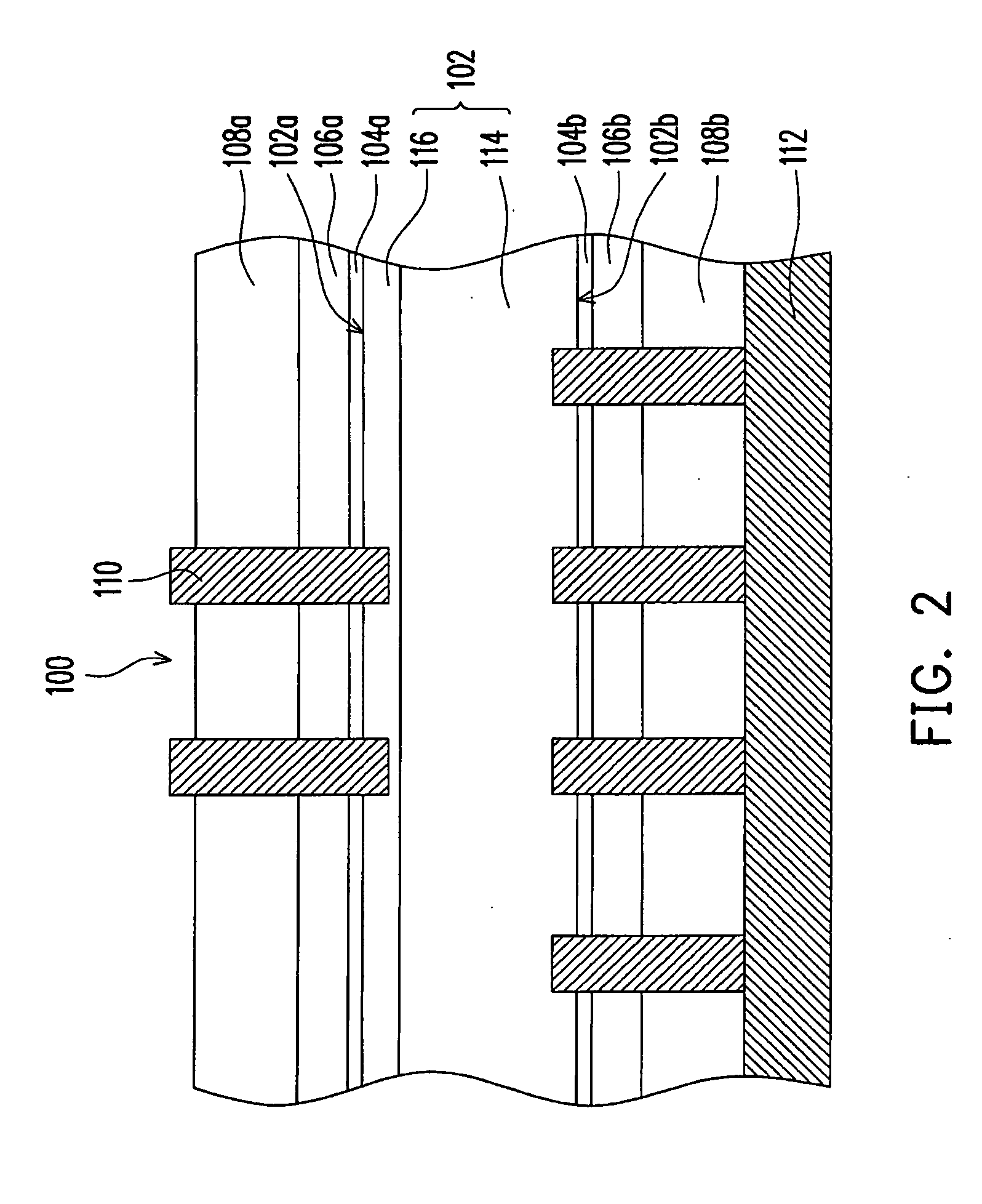Passivation layer structure of solar cell and fabricating method thereof
a solar cell and passivation layer technology, applied in the field of photoelectric devices, can solve the problems of inexhaustible solar energy without pollution, energy attracts most attention, etc., and achieve the effect of increasing the photoelectric conversion efficiency of the solar cell and enhancing the passivation effect of the passivation layer
- Summary
- Abstract
- Description
- Claims
- Application Information
AI Technical Summary
Benefits of technology
Problems solved by technology
Method used
Image
Examples
experimental example 1
[0034]A layer of silicon oxide with a thickness of 2 nm is grown on a silicon wafer to serve as a second passivation layer, and then a layer of aluminium oxide with a thickness of 15 mn is coated by an ALD process to serve as a first passivation layer.
experimental example 2
[0039]The photoelectric conversion layer of the solar cell is formed by p-type poly-silicon wafer (mc-Si wafer) of 1*1020 cm−3 doped with B. The mean grain size of the poly-silicon wafer is approximately 5 mm. A pyramid structure is pre-fabricated on a surface of the wafer. The NP junction is finished by performing diffusion for 20 minutes at 850° C. by using phosphorus oxychloride (POCl3). Then, the passivation layer is respectively formed on the front and back surfaces of the wafer. The passivation layer is formed by a second passivation layer and a first passivation layer, and the forming process thereof includes: firstly, a layer of silicon oxide with a thickness of 2 nm is grown on the front and back surfaces of the poly-silicon wafer to serve as the second passivation layer, and then a layer of aluminium oxide with a thickness of 15 nm is coated by the ALD process to serve as the first passivation layer. An anti-reflection layer is respectively formed on the front and back sur...
PUM
 Login to View More
Login to View More Abstract
Description
Claims
Application Information
 Login to View More
Login to View More - R&D
- Intellectual Property
- Life Sciences
- Materials
- Tech Scout
- Unparalleled Data Quality
- Higher Quality Content
- 60% Fewer Hallucinations
Browse by: Latest US Patents, China's latest patents, Technical Efficacy Thesaurus, Application Domain, Technology Topic, Popular Technical Reports.
© 2025 PatSnap. All rights reserved.Legal|Privacy policy|Modern Slavery Act Transparency Statement|Sitemap|About US| Contact US: help@patsnap.com



